Genius loci [Link]
ゲニウス・ロキ
引き続き、プレゼンと論文のテーマを考え中につき。
土霊、ゲニウス・ロキをメモ。
クリスチャン・ノルベルグ=シュルツの “ゲニウス・ロキ” と、
マルティン・ハイデッガーの “存在と時間” と、
ブルーバックスの “「場」とはなんだろう” も必読。
> 表題となったゲニウス・ロキとは古代ローマ人が取り憑かれた観念で、
> ゲニウス(守護霊)・ロキ(場所の)というラテン語があらわしているように、
> それぞれの場所にひそむ”地霊”の力のようなものをさしている。
中略
> 超自然的な作用があるというのではない。
> むしろ「場所の実存」としてのゲニウスが作用したと、
> ノルベルグ=シュルツは立証したかった。
> たとえばル・コルビジェがあれほど「光」を意識したということは、
> 光のゲニウス・ロキを引用したということなのである。
> また、住宅を巨大化しようとしたミース・ファン・デル・ローエはその巨大性のぶん、
> 都市とその周辺のゲニウス・ロキを取り込んだのだ。
> それがカーテンウォールとなったのだ。ロバート・ヴェンチューリでさえ
> 「ファサードにはゲニウス・ロキがひっついてくる」と言ったのである。
> われわれは長らく、何がオペラ・デ・ナトゥーラ(自然の作品)であって、
> 何がオペラ・デ・マーノ(人工の作品)なのかという区切りに悩んできた。
> すでにゲーテもボードレールもオスカー・ワイルドも、
> 「人工が自然を模倣するのか、自然が人工を模倣するのか」と問うていた。
> ところが建築は、見るからに自然の中に人工を暴力的に対置してきたとみなされがちだった。
> 建築はまさに機械と同様に、「非自然の権化」とみなされてきた。
> 建築はゲーテやボードレールやワイルドの疑問にすらひっかからなかったのだ。
> 松岡正剛の千夜千冊『ゲニウス・ロキ』より
> In Roman mythology a genius loci was the protective spirit of a place.
> It was often depicted as a snake. In contemporary usage,
> “genius loci” usually refers to a location’s distinctive atmosphere,
> or a “spirit of place”, rather than necessarily a guardian spirit.
> Usage: “Light reveals the genius loci of a place.”
> Examples of this can be found at the church of St. Giles,
> Tockenham, Wiltshire where the genius loci is depicted
> as a statue in the wall of a Norman church built of Roman material.
> Alexander Pope made the Genius Loci an important principle in garden
> and landscape design with the following lines from Epistle IV,
> to Richard Boyle, Earl of Burlington:
> Consult the genius of the place in all;/That tells the waters or to rise,
> or fall;/Or helps th’ ambitious hill the heav’ns to scale,/
> Or scoops in circling theatres the vale;/Calls in the country,
> catches opening glades,/Joins willing woods,
> and varies shades from shades,/Now breaks, or now directs,
> th’ intending lines;/Paints as you plant, and, as you work, designs.
> Pope’s verse laid the foundation for one
> of the most widely agreed principles of landscape architecture.
> This is the principle that landscape designs should always
> be adapted to the context in which they are located.
> In the context of Modern architectural theory,
> genius loci has profound implications for place-making,
> falling within the philosophical branch of ‘phenomenology’.
> This field of architectural discourse is explored most notably
> by the theorist Christian Norberg-Schulz in his book,
> Genius Loci: Towards a Phenomenology of Architecture.
> There is a monster called a genius loci,
> presumably based at least loosely on this myth,
> in the Epic Level Handbook in the Dungeons
> and Dragons role-playing game.
> Wikipedia より
参考:
CiNii – 9016 GENIUS LOCIを巡って : 建築・場所論をめざして [Link]
松岡正剛の千夜千冊『ゲニウス・ロキ』クリスチャン・ノルベルグ=シュルツ [Link]
ゲニウス・ロキGenius Locii・「場所論」とその問題点–prof.Fの西洋 [Link]
徒然樹 鷲が見続けてきたもの ゲニウス・ロキ [Link]
ゲニウス・ロキ – 教えて!goo [Link]






![【高知】魚を守る道、アイスハーバー型らせん魚道 – [Kochi] Ice Harbor type spiral fishway](https://yousakana.jp/wp-content/uploads/wordpress-popular-posts/50244-featured-120x120.jpeg)
![【香川】山頂からの瀬戸内と讃岐平野を見渡す絶景!上佐山(うわさやま) - [Kagawa] Mt. Uwasa yama, Spectacular views over the Seto Inland Sea and the Sanuki Plain from the summit.](https://yousakana.jp/wp-content/uploads/wordpress-popular-posts/51667-featured-120x120.jpeg)
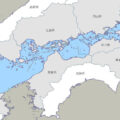

![【香川】高松の素敵な本屋まとめ - [Kagawa] Wonderful book shops at Takamatsu city](https://yousakana.jp/wp-content/uploads/wordpress-popular-posts/43920-featured-120x120.jpg)
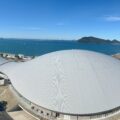






![【香川】春日川の川市 – [Kagawa] River market of Kasuga river](https://yousakana.jp/wp-content/uploads/wordpress-popular-posts/49605-featured-120x120.jpeg)
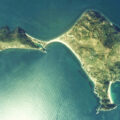
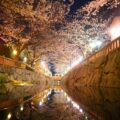



![【高知】仁淀川、4年ぶりの「水質日本一」に – [Kochi] Niyodo River ranked Japan’s best in water quality for the first time in four years](https://yousakana.jp/wp-content/uploads/2025/07/nikobuchi_niyodo-river_kochi-150x150.jpg)
![【香川】城山不動の滝 – [Kagawa] Mt. Kiyama Fudo waterfall](https://yousakana.jp/wp-content/uploads/2024/07/kiyama-fudo-waterfall-01-150x150.jpg)
![【香川】山と街と海をつなげる給水器「たかまつ給水スポット」 – [Kagawa] Water dispenser connecting mountains, towns and sea. “Takamatsu Water Refill Point”](https://yousakana.jp/wp-content/uploads/2025/12/Takamatsu-Water-Refill-Point-150x150.jpg)

![【香川】牡蠣消費日本一は高松市!牡蠣焼き『鹿酔庵(ろくすいあん)』 – [Kagawa] Takamatsu City is Japan’s largest consumer of oysters! Oyster Grill ‘Rokusuian’.](https://yousakana.jp/wp-content/uploads/2024/01/oyster-bbq-150x150.jpeg)

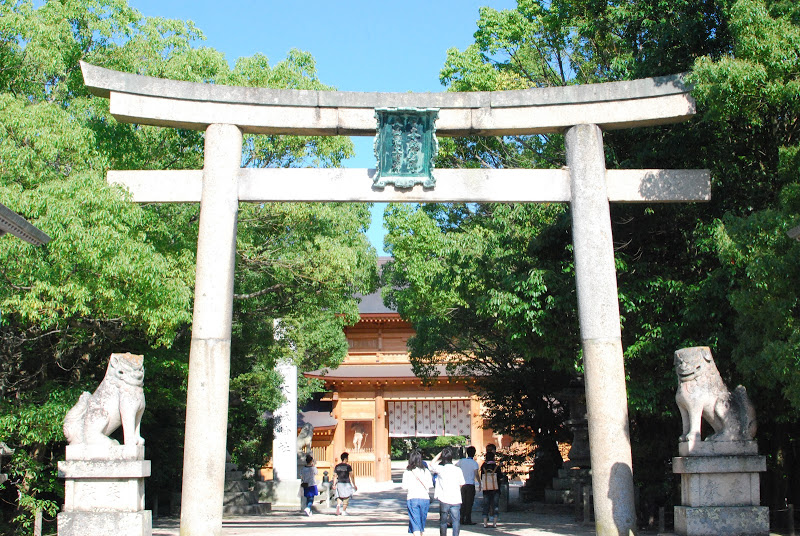




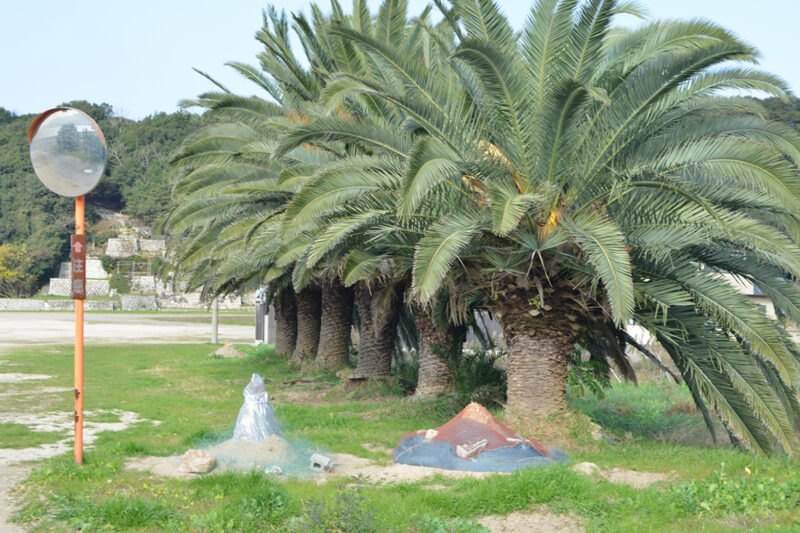

![【香川】ぱしふぃっく びいなす – [Kagawa: Arrived Saturday 19 Nov.] Pacific Venus](https://yousakana.jp/wp-content/uploads/2022/11/pacific-venus-800x533.jpeg)





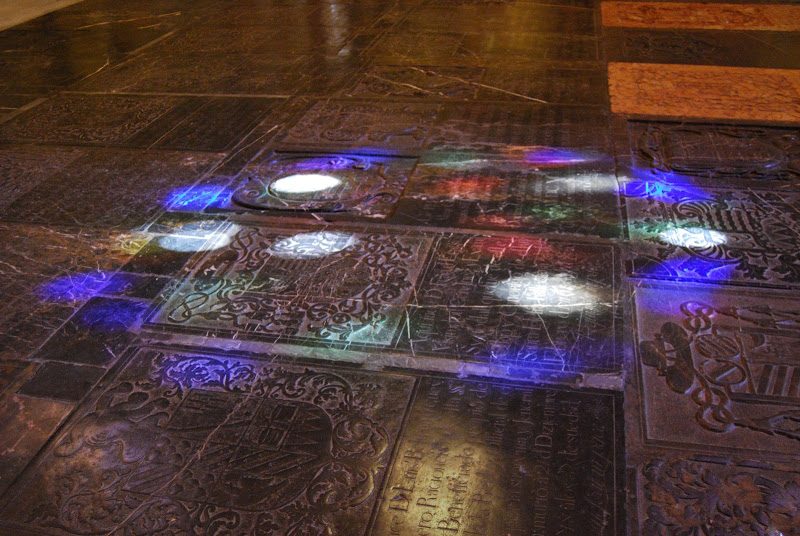








![【愛媛】宇和島の牛鬼。秋祭り – [Ehime] Autumn festival at Uwajima city, Ehime pref.](https://yousakana.jp/wp-content/uploads/2019/10/Ushioni_Uwajima.jpg)





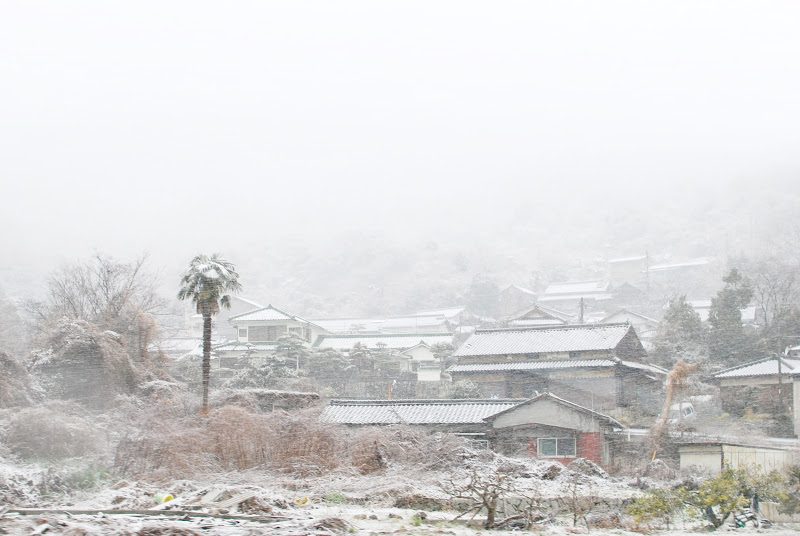
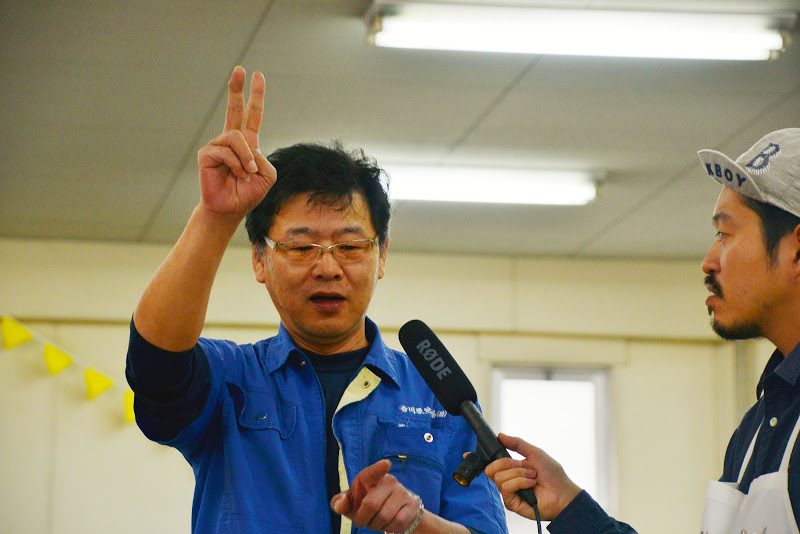
![【徳島】なると金時の木内農園 – [Tokushima] Sweet potato “Naruto Kintoki” of Kinouchi farm](https://yousakana.jp/wp-content/uploads/2016/03/DSC_5376-800x534.jpg)








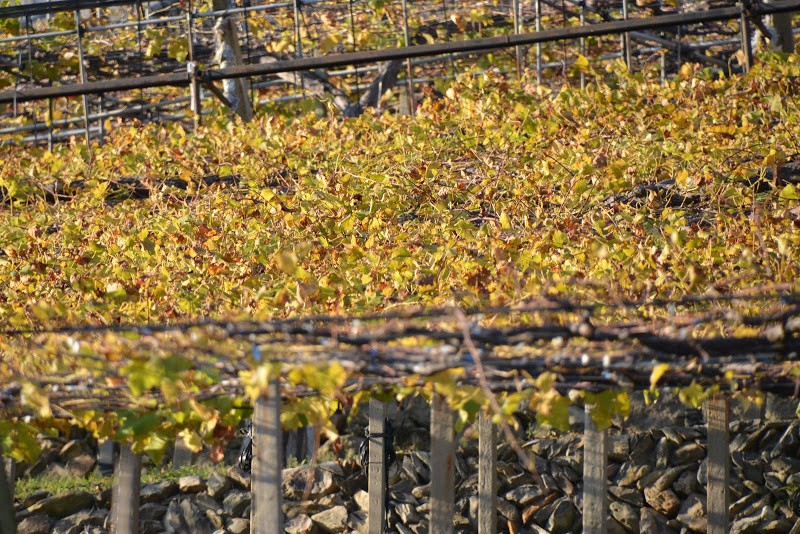


![【徳島】神山町江田、棚田に菜の花の黄色い絨毯 – [Tokushima] The beautiful field mustard at Kamiyama](https://yousakana.jp/wp-content/uploads/2016/03/nanohana-kamiyama-800x533.jpg)





![【東京】和田邦坊が描いた蕎麦屋の天井画『つづらそば』 – [Tokyo] “Tsuzura Soba”, decorative ceiling painting by Kunibo Wada](https://yousakana.jp/wp-content/uploads/2017/11/kunibo-wada-02-800x533.jpg)


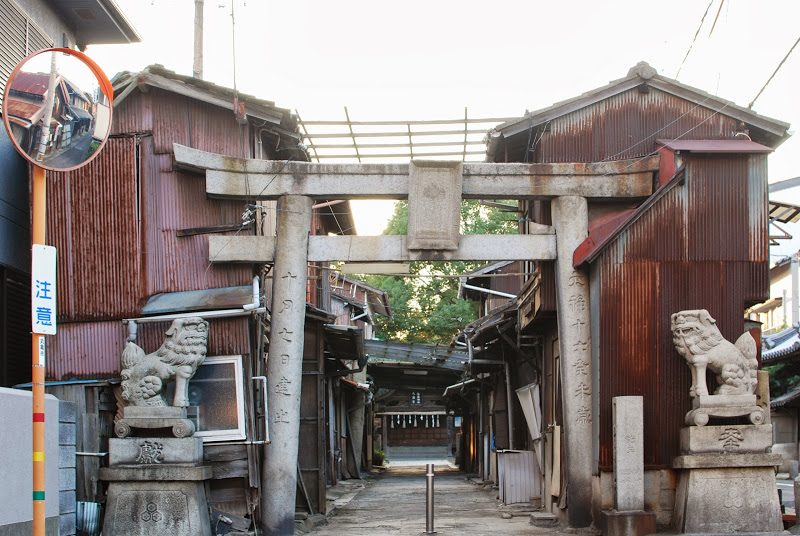

![【小豆島 3/29-5/10】瀬戸内海を泳ぐ鯉のぼり『旧戸形小学校』 – [Shodoshima island 3/29-5/10]Carp streamers in the Seto Inland Sea. ‘Former Togata Primary School’](https://yousakana.jp/wp-content/uploads/2022/05/Carp-streamers_Togata-Primary-School-800x534.jpeg)
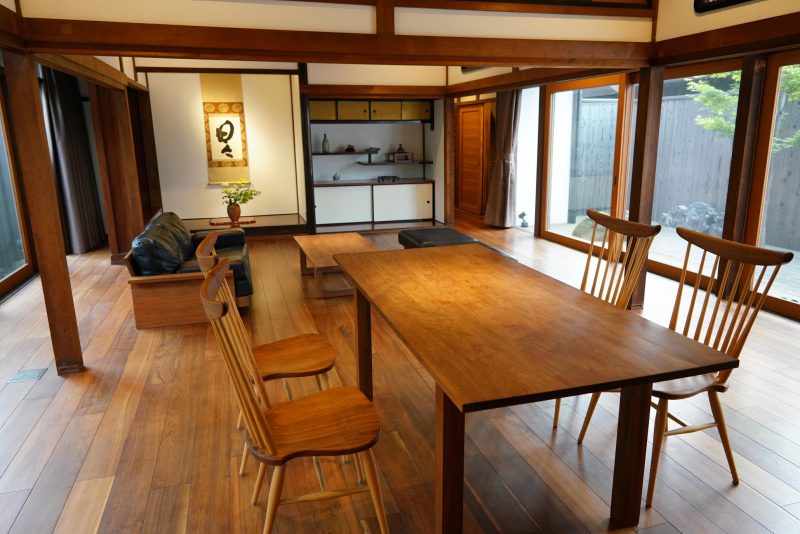



![【香川】四国唯一現存、日本国内最古の水車場「高原製粉精米水車場」 – [Kagawa] “Takahara Water Mill”, the oldest water mill in Japan, the only existing water mill in Shikoku](https://yousakana.jp/wp-content/uploads/2018/09/takahara-water-wheel-800x534.jpg)



![【香川】豊中町水源地の給水塔 – [Kagawa] Toyonaka Town Water Tower](https://yousakana.jp/wp-content/uploads/2021/12/Toyonaka-Town-Water-Tower-800x534.jpeg)
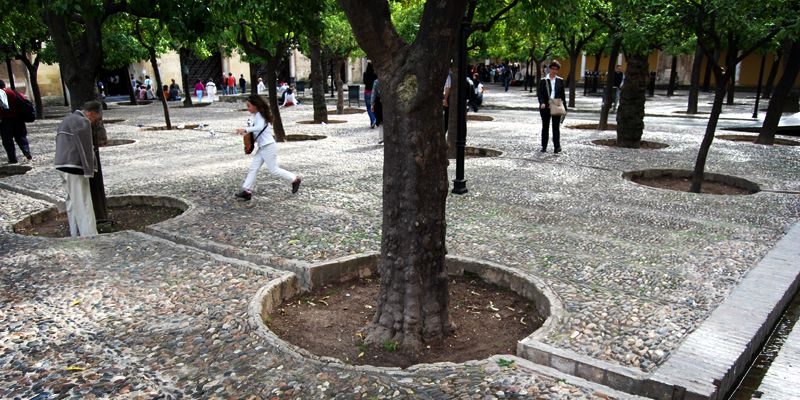
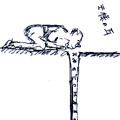

![【高知】おやつの神さまが集まるイベント「おやつ神社」 – [Kochi] OYATSU JINJYA(Shrine)](https://yousakana.jp/wp-content/uploads/2017/10/oyatsu-shrine-150x150.jpg)

![【淡路島 5/27】ドラクエは淡路島から生まれた!5月27日は『ドラゴンクエストの日』 – [Awajishima island] May 27 is the memorial day of “Dragon Quest](https://yousakana.jp/wp-content/uploads/2020/05/dragon-quest-150x150.jpeg)
![【小豆島】池田の桟敷。江戸時代に築かれた石垣でみる秋祭り – [Shodoshima] The autumn festival at stone wall in Shodo island](https://yousakana.jp/wp-content/uploads/2014/09/shodoshima-festival-Autumn-150x150.jpg)



コメントを残す